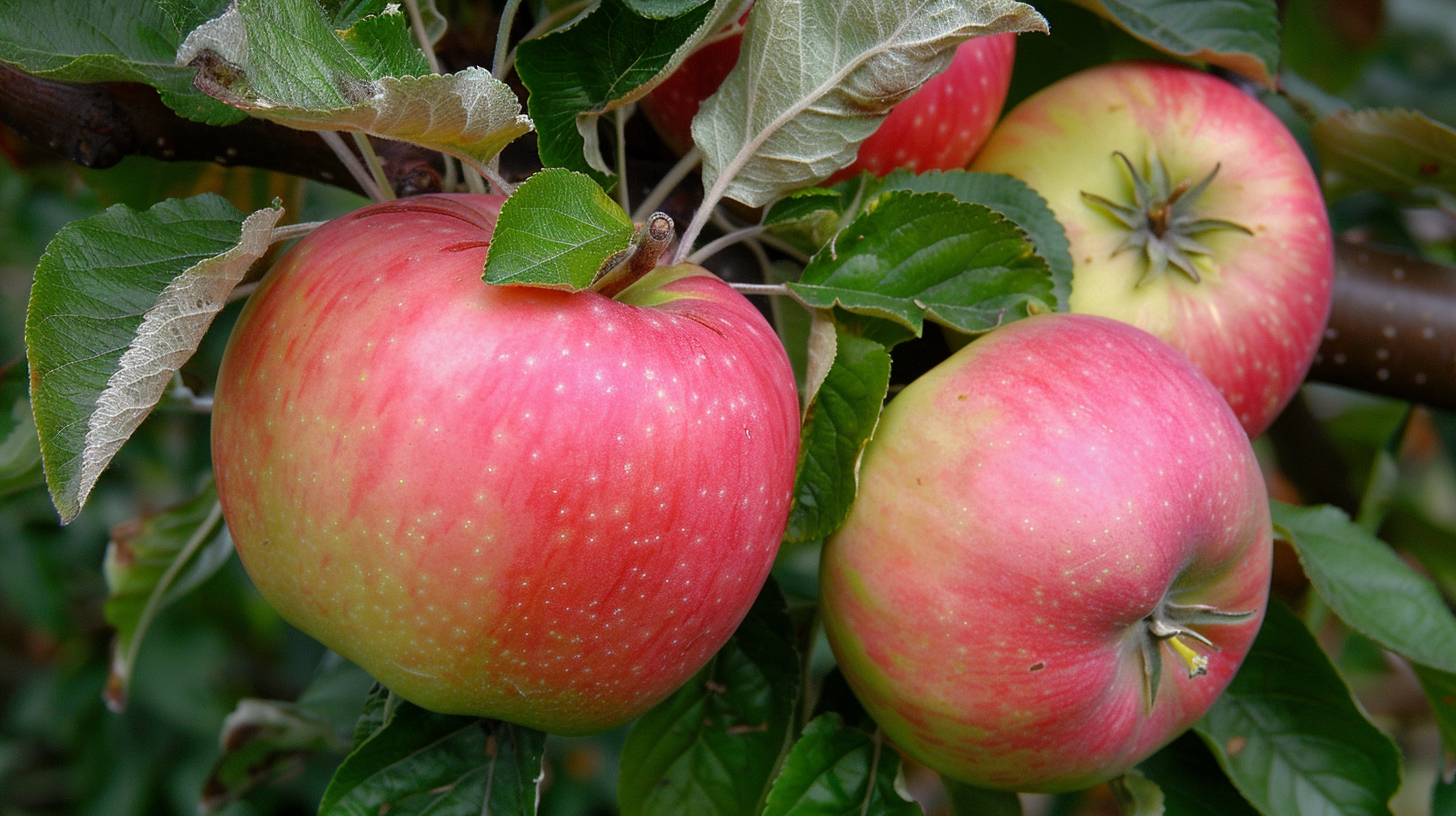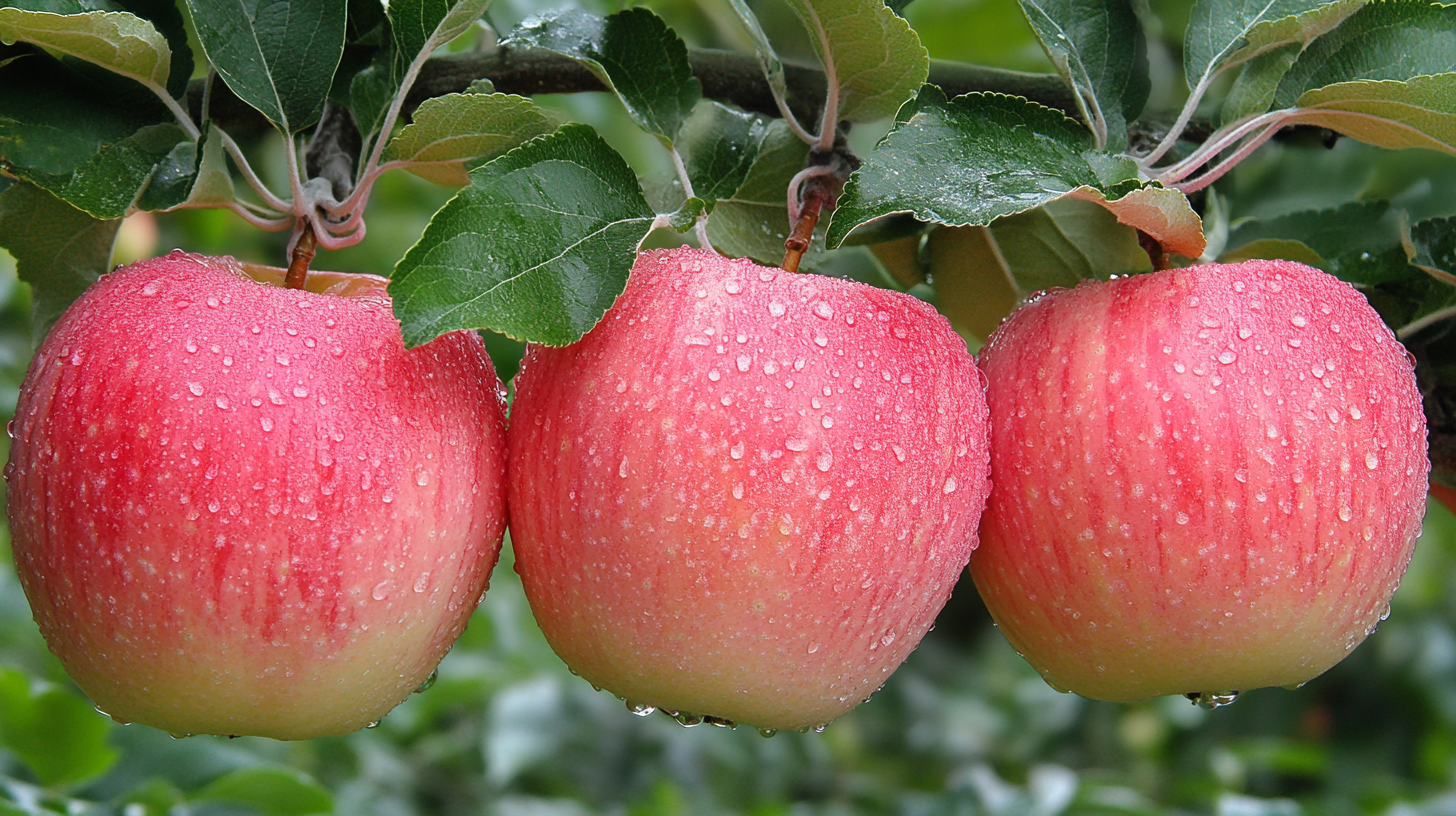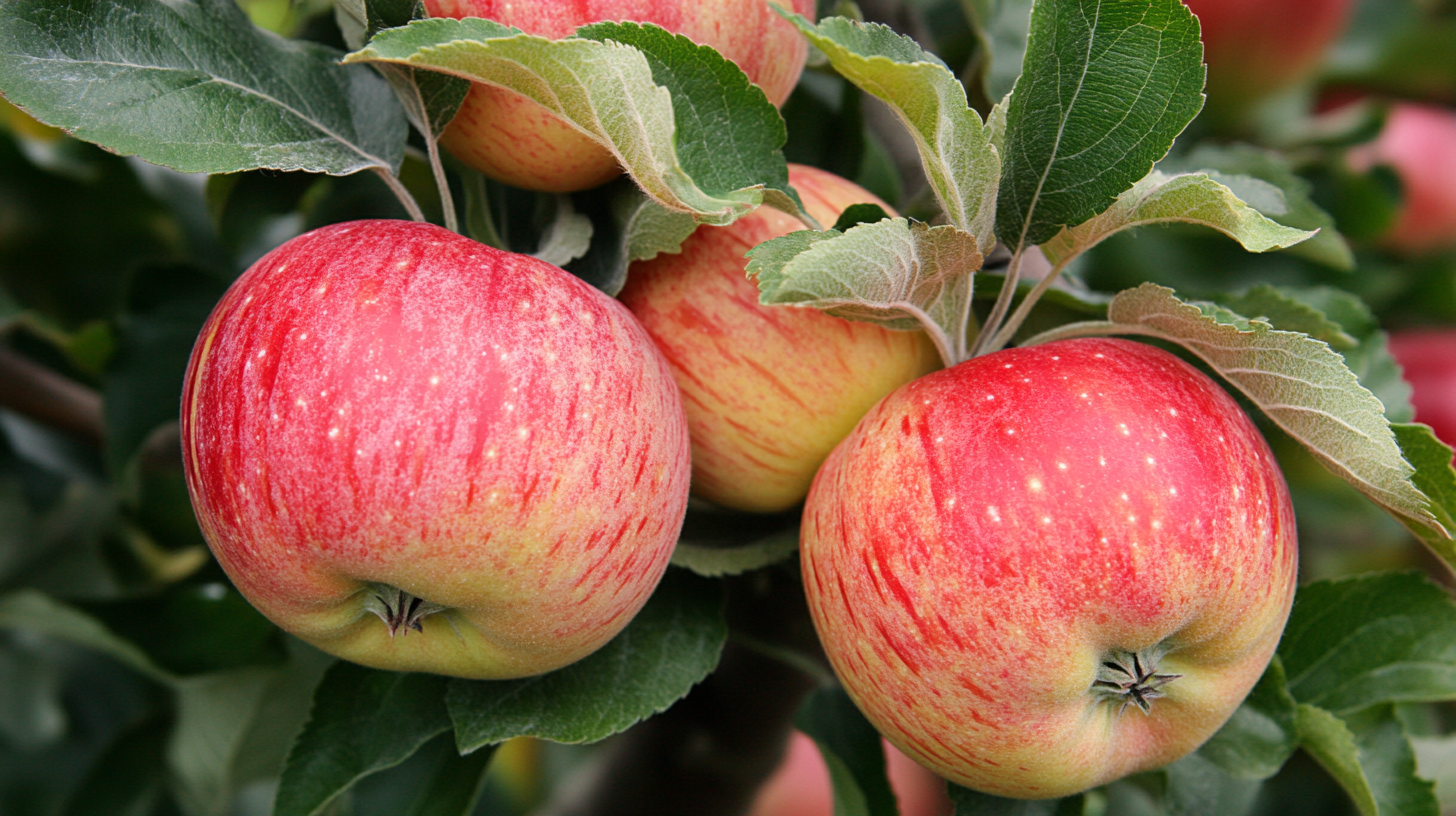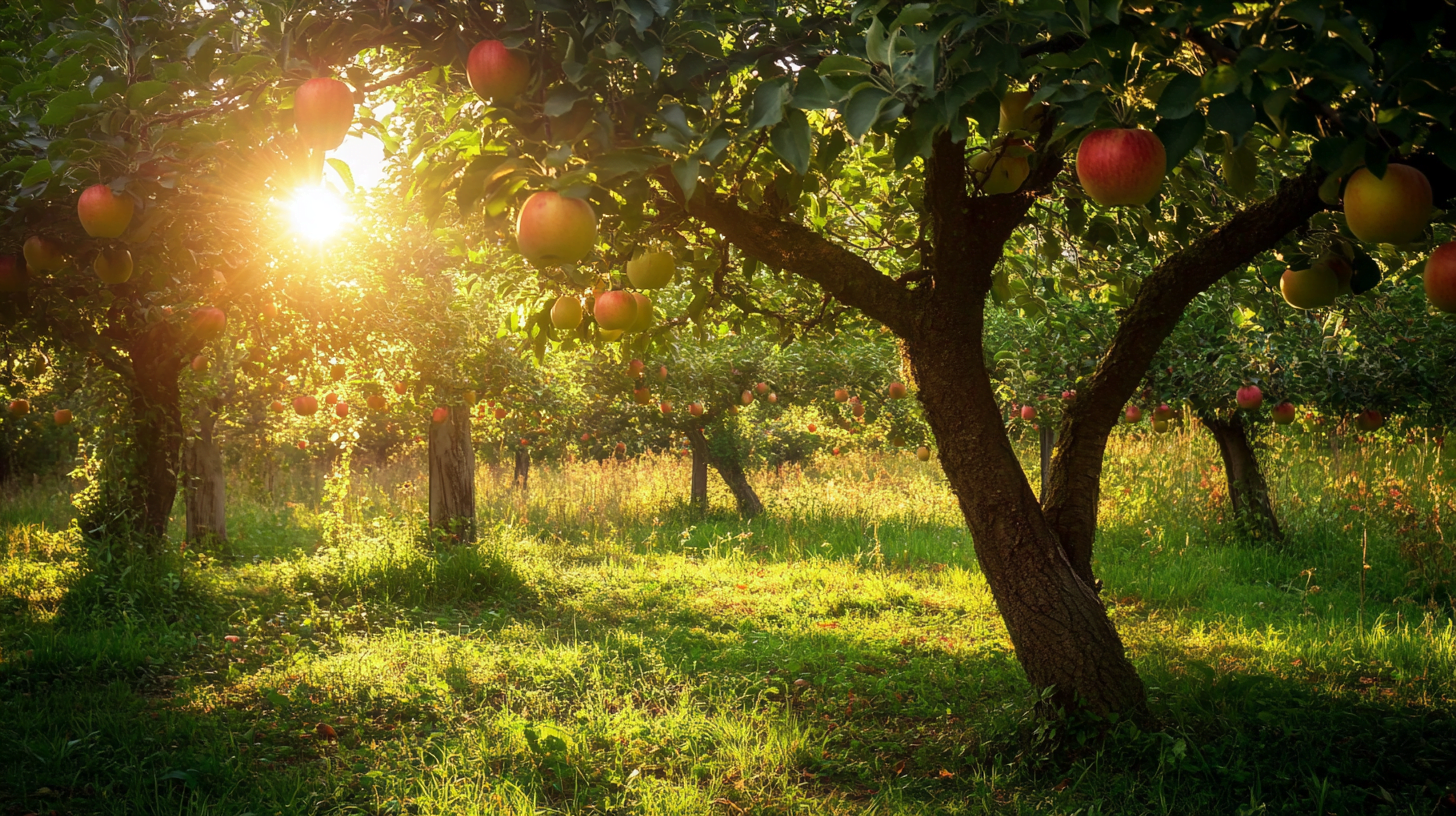Beautiful Plants For Your Interior

Table of Contents
Apple trees are a beloved staple in many gardens and orchards, known for their delicious fruit and beautiful blossoms. However, a common question arises: Are apple trees evergreen? Understanding the nature of apple trees, their seasonal behavior, and how to care for them is essential for any gardener or orchardist. This comprehensive guide will delve into these topics, providing you with in-depth knowledge and practical tips.
What Are Apple Trees?
Botanical Classification
Apple trees, scientifically known as Malus domestica, belong to the Rosaceae family. This family includes other fruit-bearing trees like pears and quinces. Apple trees are deciduous, meaning they shed their leaves annually.
Physical Characteristics
Apple trees vary in size, typically ranging from 6 to 15 feet tall, depending on the variety and growing conditions. They have a rounded canopy with broad, ovate leaves that are dark green and serrated. In spring, apple trees produce fragrant, white to pink flowers, which eventually develop into the fruit we enjoy.
Evergreen vs. Deciduous Trees
What Does It Mean for a Tree to Be Evergreen?
Evergreen trees retain their leaves throughout the year, providing constant greenery. Common examples include pine, spruce, and holly trees. These trees are adapted to various climates and often have needle-like or broad leaves that minimize water loss.
What Are Deciduous Trees?
Deciduous trees, on the other hand, shed their leaves annually, usually in the fall. This process helps them conserve water and energy during the winter months. Examples of deciduous trees include oak, maple, and, of course, apple trees. The shedding of leaves is a survival strategy to withstand cold or dry seasons.
Are Apple Trees Evergreen or Deciduous?
Apple trees are deciduous, not evergreen. They undergo a seasonal cycle that includes leaf shedding, dormancy, and regrowth. This cycle is crucial for their health and fruit production.
Seasonal Cycle of Apple Trees
Winter
During winter, apple trees enter a dormant phase. They shed their leaves and conserve energy, focusing on root growth and energy storage. This period is essential for the tree’s recovery and preparation for the next growing season.
Spring
In spring, apple trees awaken from dormancy. Buds begin to swell and eventually burst into flowers. This is a critical time for pollination, which is necessary for fruit development. Bees and other pollinators play a vital role in this process.
Summer
Summer is the period of fruit development and growth. The flowers transform into small apples, which gradually increase in size. The tree’s leaves are fully developed, aiding in photosynthesis and energy production.
Fall
In fall, the apples reach maturity and are ready for harvest. After the harvest, the leaves change color and eventually fall off, marking the beginning of the dormancy period.
Factors Affecting Apple Tree Behavior
Can Apple Trees Be Made Evergreen?
While apple trees are naturally deciduous, certain conditions can influence their behavior. For example, indoor apple trees or those grown in controlled environments may retain their leaves longer. However, making apple trees truly evergreen is not feasible due to their inherent biological characteristics.
Climate and Environmental Impact
The climate significantly affects the deciduous nature of apple trees. In temperate regions, the seasonal changes are more pronounced, leading to a clear cycle of dormancy and growth. In contrast, in milder climates, the cycle may be less distinct, but the trees will still shed their leaves annually.
Care and Maintenance of Apple Trees
How to Care for Apple Trees Year-Round
Pruning and Training
Pruning is essential for maintaining the health and productivity of apple trees. It helps remove dead or diseased wood, encourages new growth, and shapes the tree. The best time to prune is during the dormant season, typically in late winter.
Watering and Mulching
Apple trees require consistent watering, especially during dry periods. Mulching around the base of the tree helps retain moisture, suppress weeds, and regulate soil temperature. Use organic mulch like straw, wood chips, or compost.
Fertilizing and Soil Management
Proper fertilization ensures that apple trees receive the necessary nutrients for growth and fruit production. A balanced fertilizer with nitrogen, phosphorus, and potassium is ideal. Soil testing can help determine specific nutrient needs.
Protecting Apple Trees from Frost and Pests
Frost can damage apple blossoms and young fruit. To protect your trees, consider using frost blankets or wind machines. Pests like aphids, codling moths, and apple maggots can also pose a threat. Regular monitoring and organic pest control methods, such as neem oil or beneficial insects, can help manage these issues.

Common Myths and Misconceptions
Debunking Myths About Apple Trees
Myth: Apple Trees Can Be Evergreen
This is a common misconception. Apple trees are inherently deciduous and cannot be made evergreen. Their seasonal cycle is vital for their health and fruit production.
Myth: Pruning Always Harms Apple Trees
Proper pruning is beneficial and necessary for apple trees. It helps remove dead or diseased branches, encourages new growth, and improves air circulation.
Myth: More Fertilizer Means More Fruit
Over-fertilizing can harm apple trees by causing excessive vegetative growth at the expense of fruit production. It’s essential to follow recommended guidelines for fertilization.
Summary of Key Points
Apple trees are deciduous, not evergreen. They undergo a seasonal cycle that includes dormancy, flowering, fruiting, and leaf shedding. Proper care and maintenance, including pruning, watering, and fertilizing, are crucial for their health and productivity.
Final Thoughts
Understanding the nature of apple trees and their seasonal behavior is essential for successful cultivation. By following the guidelines provided, you can ensure your apple trees thrive and produce bountiful harvests. Share your experiences and questions in the comments section below!
Frequently Asked Questions
Can apple trees survive in tropical climates?
Apple trees prefer temperate climates with cold winters. They may struggle in tropical climates due to the lack of a dormant period.
How long do apple trees live?
With proper care, apple trees can live for 50 years or more. Some varieties may have shorter lifespans.
What are the best apple varieties for home gardens?
Popular varieties for home gardens include ‘Honeycrisp’, ‘Gala’, ‘Fuji’, and ‘Granny Smith’. Choose varieties suited to your climate and taste preferences.
How can I tell if my apple tree is healthy?
A healthy apple tree has vibrant green leaves, strong branches, and produces fruit. Regular monitoring for pests and diseases is essential.
By following these guidelines and understanding the nature of apple trees, you can enjoy a thriving orchard and bountiful harvests. Happy gardening!


